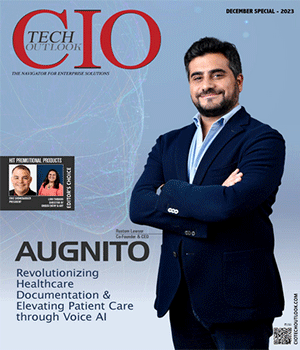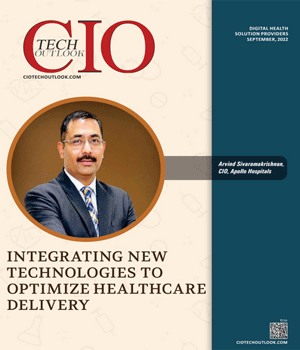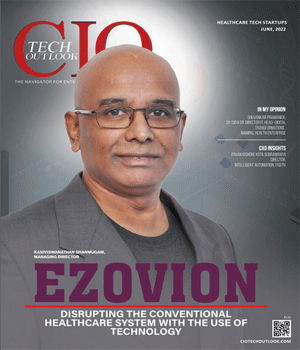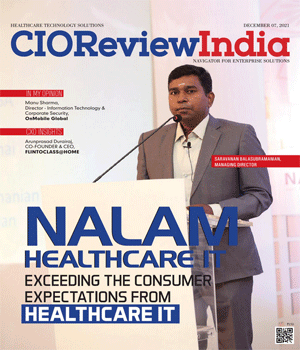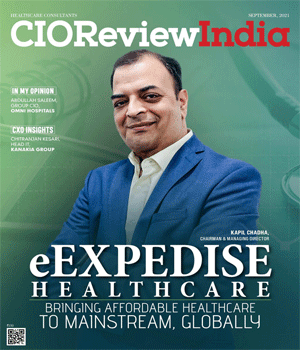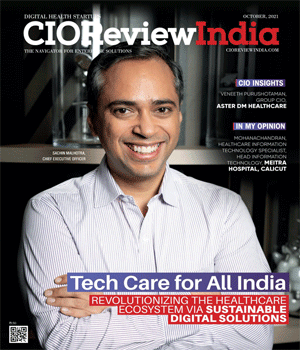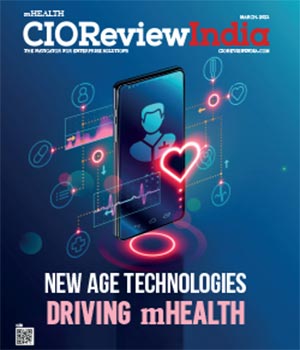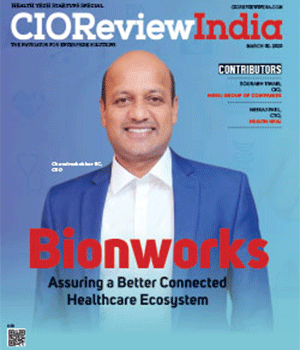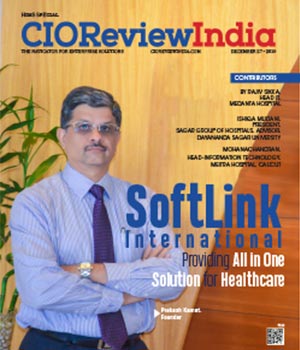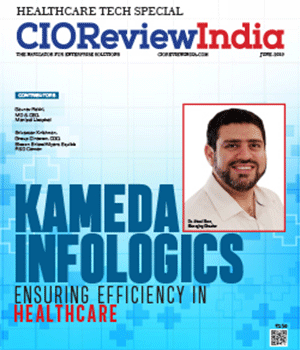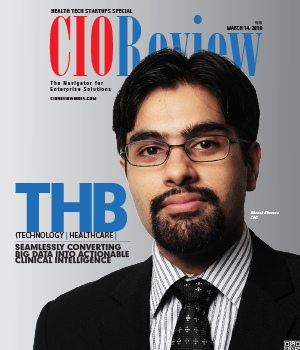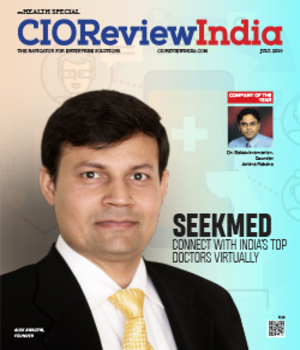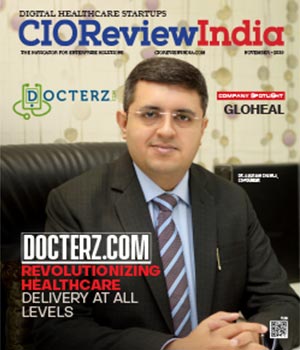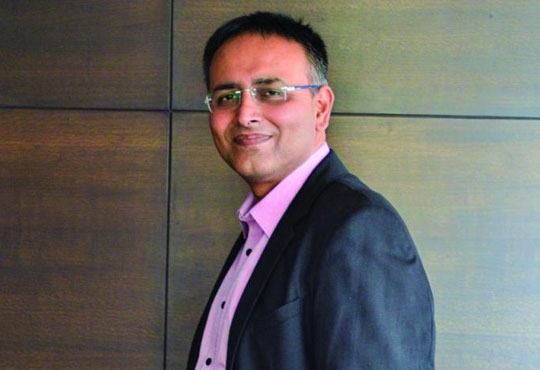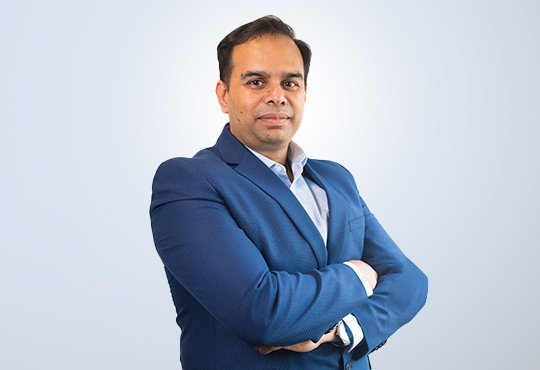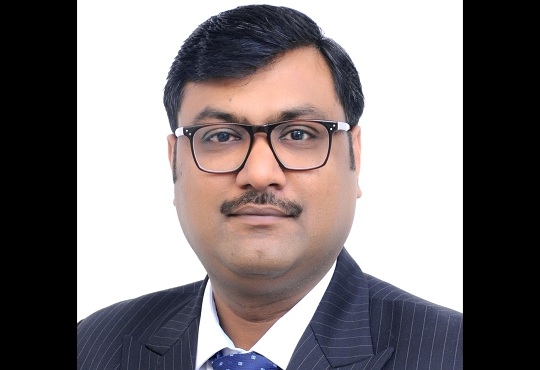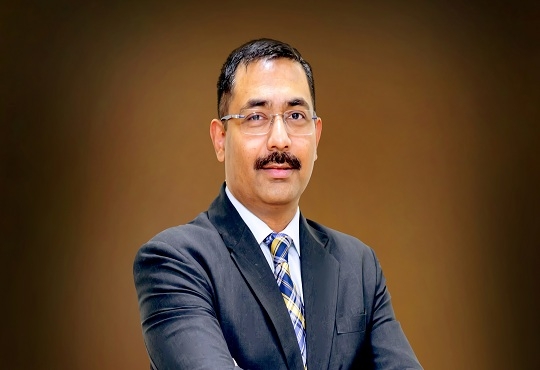
How Edge Computing is Changing Healthcare
Vishal Pratap Singh | Sunday, 08 August 2021, 23:41 IST
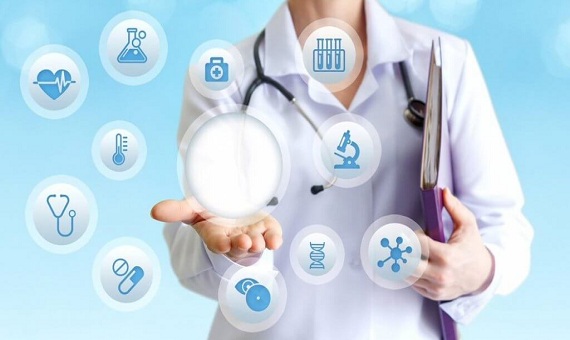
In the recent years, healthcare organisations are adding more digital tools to process the growing amounts of data more quickly and precisely, since a single mistake here or there can cause havoc. Edge Computing has emerged as a promising strategy to help the medical organisations in distributing their network and data in a way that information can be used and shared quickly and securely.
Experts predict that the global market for Internet of Things (IoT) medical devices is expected to surpass 500 billion dollar by 2025, which can bring a major shift in healthcare IT. This is the main reason why data centre and cloud operators are actively investing in this domain and designing consumable health solutions.
Applications of Edge Computing in Healthcare
There are many Internet of Things (IoT) based medical devices and apps which are known to collect Patient Generated Health Data. It has become possible as these devices and apps read and sense the bodily conditions of the patients. Through this patient generated data, doctors and medical professionals are able to diagnose the problems of patients in a more better and precise way. IoT based devices such as blood glucose monitors, healthcare apps have become common in the last few years.
Factoring in the Unstructured Data
There is no doubt in the fact that the data generated is valuable and helpful but most of this data is unstructured and poorly defined. So, it cannot be properly utilized. Here comes the role of Edge Computing which is efficient enough to solve these data problems. Edge Computing retains the critical processing tasks on the devices located on the edge of the network. Also, it helps in getting the rapid and real time analysis of the data that can predict and respond to the health emergencies of critical patients.
Edge Computing computes, processes and analyses the data with the same level of quality as the data analysed in cloud computing but in less time. It is less costly, more efficient and improves the patient experience. Edge Computing Domain is considered to be more secure domain as compared to Cloud Computing. The reason behind it is that the data does not need to travel a long distance from a place where it will be used.
Another application of Edge Computing can be seen in the management of chronic diseases. “Nowadays, it is seen that in many big hospitals, there are hundreds of systems in use and are generating huge amount of data. Edge Computing keeps that data inside facility so that the potential breaches can be detected earlier”, says Ganesh Sundaram, CEO and Founder of AlefEdge. As well as the cameras and sensors enabled by Edge Computing can monitor the health of the patient, on site security in high risk environments and can be helpful in emergency medical services.
If a patient in critical condition is being referred from one hospital to another, then through Edge Computing, crucial data related to patient’s disease can be transmitted from previous hospital to the referred hospital in real time, saving time and equipping the emergency department teams with the knowledge they need to save the life of patient.
Challenges in Using Edge Computing in Healthcare
There is a requirement of heavy capital investment in this domain in starting. This investment is required to support the tasks and execute the workloads. Along with that it will take some time for the healthcare professionals to fully accept and get used to it on a daily basis. The major barrier is to ensure enough bandwidth, which will require widespread implementation of 5G wireless networks. For ensuring sufficient bandwidth, players of this domain have to spend lot of money. Another challenge is the selection of appropriate edge computing tools for different healthcare scenarios.
Due to the privacy concerns, usually it becomes very hard to deploy open source software directly into the healthcare systems. Since it is comparatively new in the healthcare sector, so here domain experts have an important role to play in the designing of Edge Computing systems which can be used properly in the healthcare.
Industry experts believe that Edge Computing is not good enough in storing large amount of data. In addition to this, it is also predicted that its speed will decrease over a period of time as 5G networks will become more common in the future.
Security Issues
Another major challenge faced by Edge Computing in healthcare sector is related to cyber security. There is a constant threat on the security of medical devices because of the operations performed between medical devices with electronic health records and other personal information of the patients. It may allow attackers to add unauthorized software or hardware and inject some malicious inputs into edge servers.
The Way Forward
It is sure that new markets will develop to cater the needs of healthcare IoT devices. Edge Computing will also make advanced healthcare resources available in remote areas which will be beneficial in saving lives of rural people. The future of healthcare delivery through Edge Computing promises better and immediate care, and will be cheaper for patients.
CIO Viewpoint
Integrating New Technologies to Optimize...
By Abhrasnata Das
Quantum Shift in Healthcare Driven by...
By Abhrasnata Das
Product Adoption: Realizing The Real Value
By Ashish Pandey, CIO, GSK Consumer Healthcare India
CXO Insights
HIT Promotional Products: Fostering Empowerment...
By Eric Shonebarger, President & Lori Thibado, Director of Order Entry & Art
Addressing the Data Management Challenges in...
By Richa Singh
Elevating Patient Experience with Remote...


